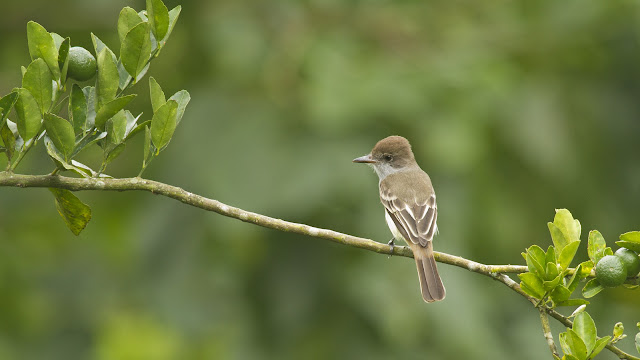Protecting Land and Marine Reserves Of Tobago

Last week, this column looked at what individuals might do to protect their piece of paradise, their backyards in Tobago. This week, we review some special sites around Tobago that have been identified for national protected status, to be ratified by the Government. Pat Ganase reports. The National Protected Areas (NPA) Systems Plan for Trinidad and Tobago is complete, and now requires commitment through legislation and resources to be effected. Recommendations for Tobago include 13 terrestrial/ freshwater sites; 22 coastal/ marine areas; and extensive Open-Ocean Waters and Deep-Sea (OOWDS) areas amounting to some 15,600 km2 of the Exclusive Economic Zone (EEZ). Prior to 1970, there was a utilitarian focus on the natural resources in the marine environment around Trinidad and Tobago. By 1975, the marine area under jurisdiction extended 12 nautical miles beyond the shores; this was pushed to 200 nautical miles in 1984. Today, the Plan seeks to bring some 22% of the EEZ under pr...


